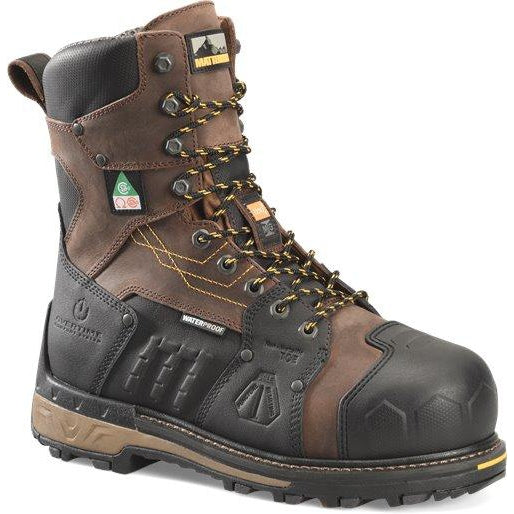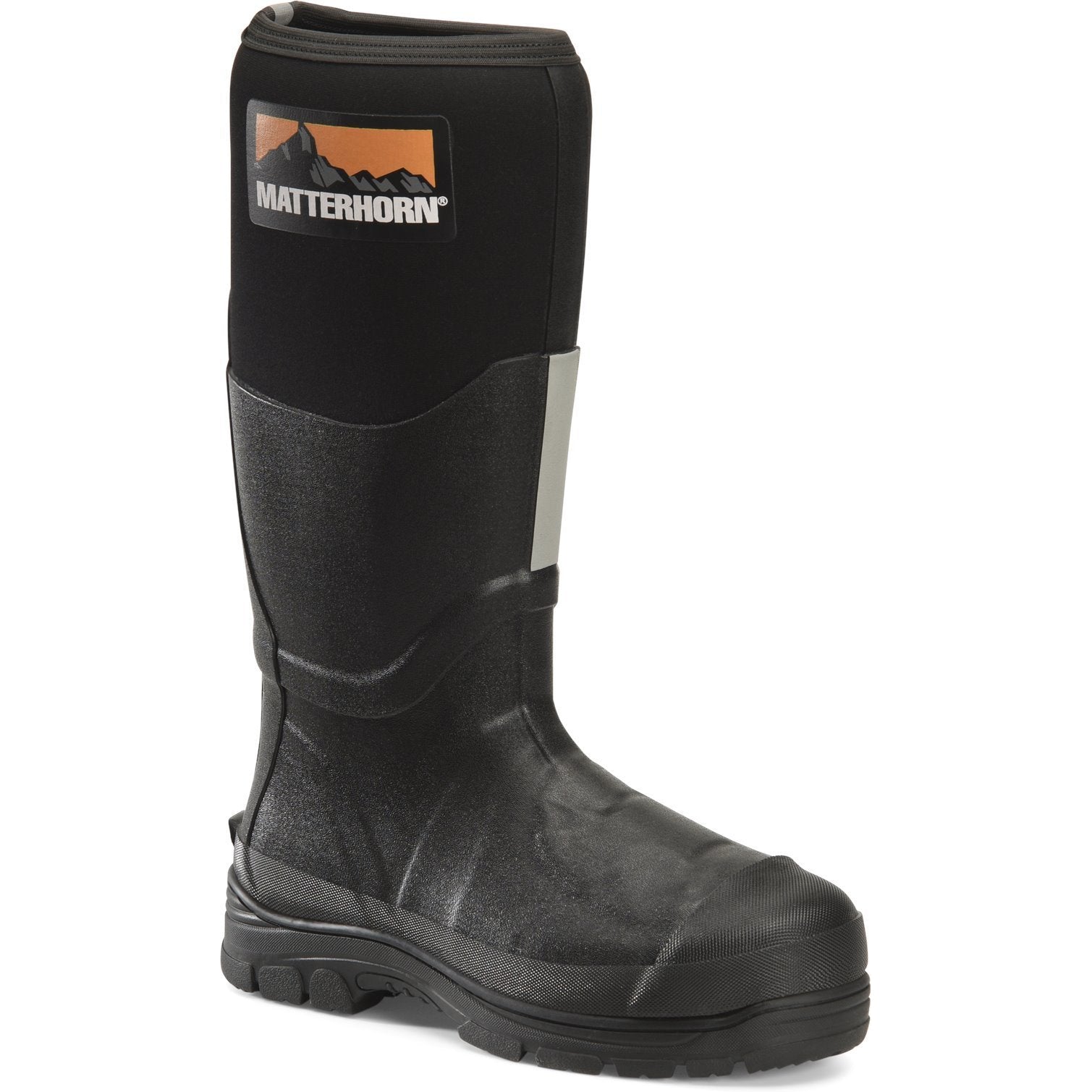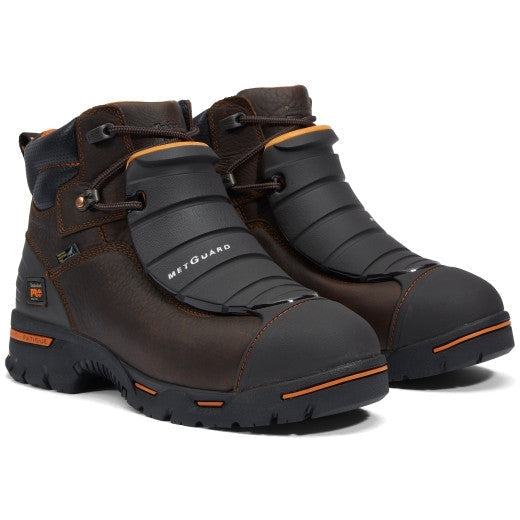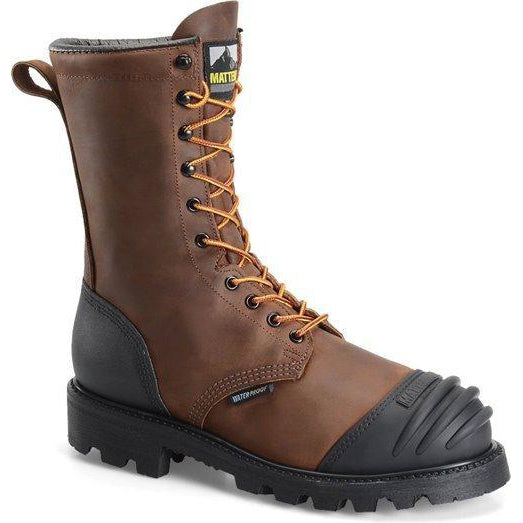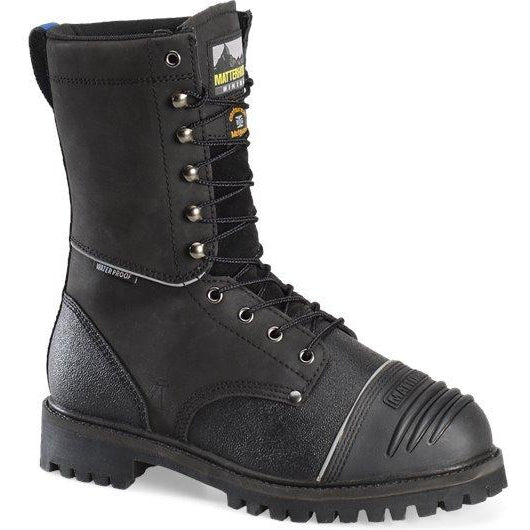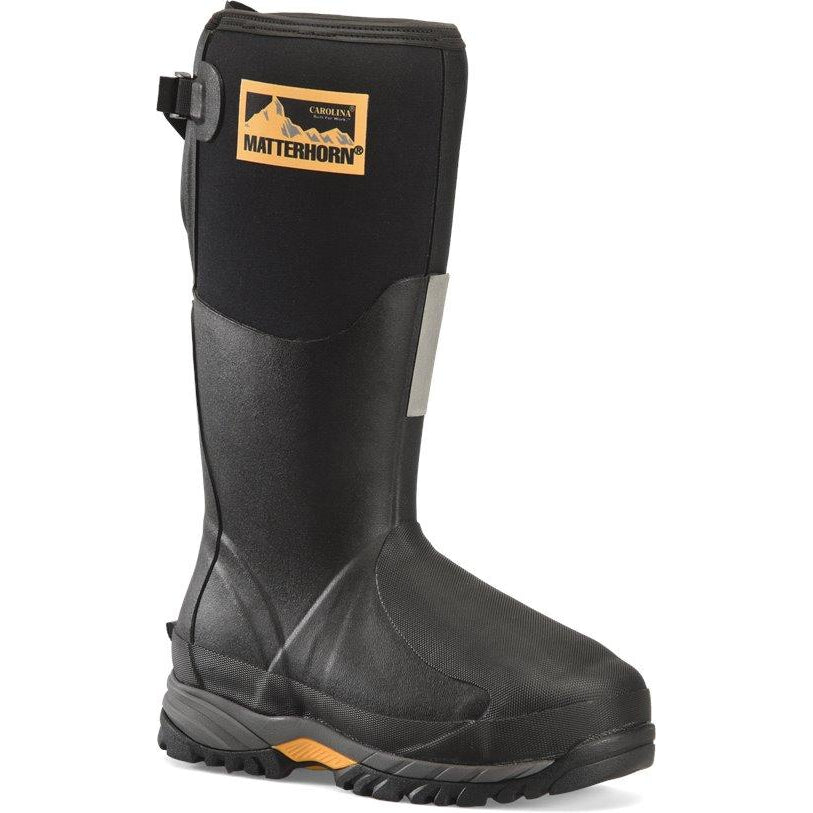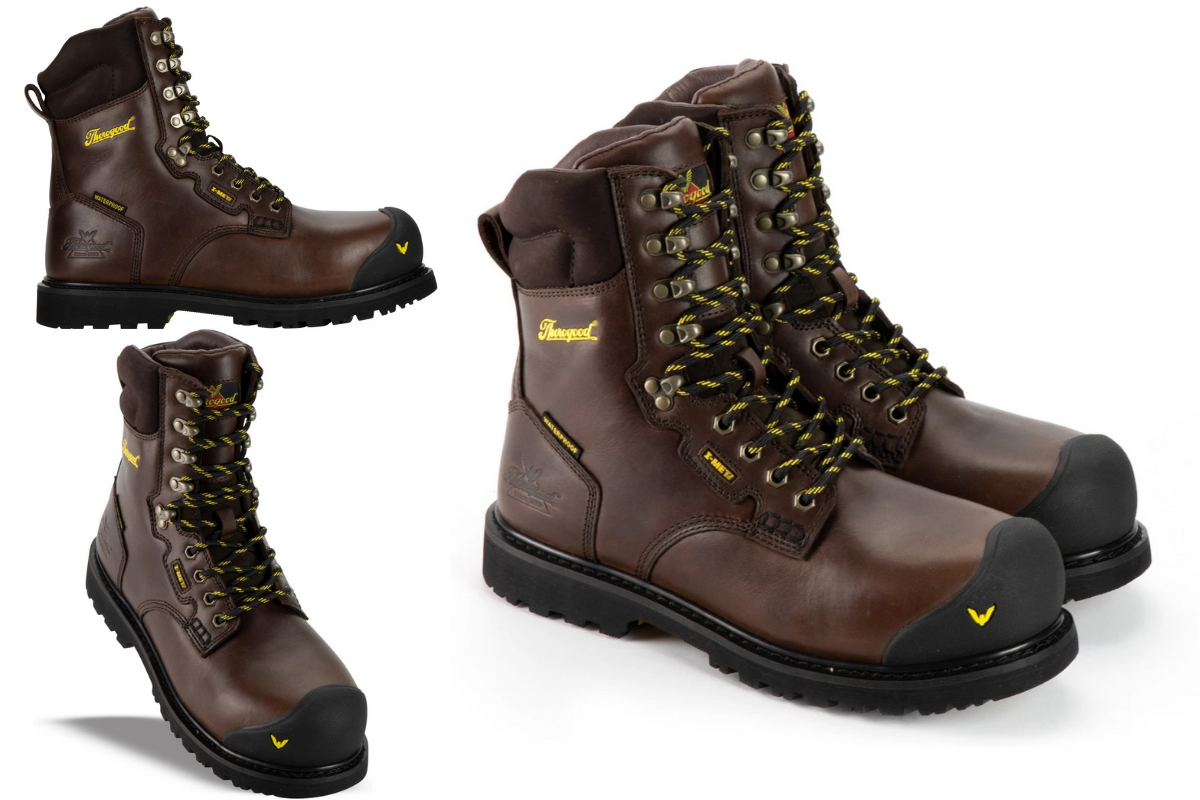You are probably very familiar with steel toes. If you are in a certain line of work that has a high risk of foot injuries, they may have been your closest companion for the longest time. Now, you've heard the term metatarsal being thrown around, so you're wondering: what are metatarsal boots?
In short, metatarsal boots are a type of safety footwear that offers additional protection compared to safety toe boots. Also known as met guard boots, they feature a metatarsal guard that extends from the toes protecting the fragile metatarsal bones. In a sense, they are an extension of the tried and true steel toe concept. They work on the same basic principle, but extend the protection from your toes to the rest of your foot.
What Types of Injuries Do Metatarsal Boots Protect You From?
Like safety toe boots, metatarsal boots protect your toes from impact and compression injuries. However, they also protect your metatarsal bones and joints – from the tips of your toes to about a bit above where the tongue of most work boots starts.
Feel each of your toes with your hand and continue upward. You can likely feel all 5 metatarsal bones extending from the toes. Do you see how little fat or muscle protects them? That lack of natural protection makes them a vulnerable area. Then, see how they stick out from the rest of the foot? That's prime injury real-estate.
Take a light object – let's say a bar of soap – and drop it on your foot. What's the chance of it only hitting your toes? More than likely, it also hit the rest of your foot. This is the exact reason that met guards were invented – to protect your feet from sudden impacts and direct trauma from falling heavy objects.
The Pain of Metatarsal Fractures
[prc-collections-carousel]
Metatarsal fractures are one of the most common foot fractures and a real pain to deal with. Not to mention they can take months or even years to fully heal. Needless to say, such an injury can put you out of action for a considerable amount of time, depending on severity.
Best case scenario, you'll suffer an incomplete fracture and “only” have to deal with swelling and pain, but still be able to walk, although gingerly. More likely, your foot won't be able to bear your weight and you will have to take a leave from work until it heals.
Depending on the severity of the injury and whether displacement has occurred or not, you may need surgical help, physical therapy or it can heal naturally, but whatever the case may be, you can count on not being able to work for at least a couple of weeks.
Hence, the primary purpose of met guard boots is to provide you with metatarsal protection and potentially save you from the lingering effects of these types of injuries.
Types of Metatarsal Guards

Metatarsal work boots can have an internal or an external guard. The met guards are made from impact-resistant plastics that cover the fragile bones all the way to the safety toe, and can be covered in leather for protection from heat and sparks.
Although metguards used to be external only, the people who wore work boots complained that the external metatarsal guards were heavy, stiff, and tended to get caught in things in their surroundings, causing them to trip. In addition, they found the external metatarsal guard unappealing. Consequently, the internal metatarsal guard was developed.
Internal Metguard
The internal metatarsal guard covers more-or-less the same area as the external guard but goes beneath the laces of work boots. They can barely be noticed, if at all, so they have no impact on the way the boots look.
However, because you have an added layer of protective material inside your boots, they can cause some discomfort. As new technologies have allowed the plastic to be more flexible and lightweight, this problem has mostly been dealt with, but could still cause some issues.
External Metguard
The external metatarsal guard covers your metatarsal bones, but it is attached to the outside of your boots. In the past, the main drawbacks were that it was stiff, heavy, unappealing looks-wise, and tended to get caught on things, but most modern boots have dealt with these issues.
Is the Internal or External Metatarsal Guard Better?
The answer depends on a few factors. First, the appearance – do you like the way metatarsal boots with an external guard look? If not, then internal metatarsal guards are better for you. However, the external guard offers superior protection in general.
The external metatarsal guard protects a somewhat larger surface, providing more protection off the bat. Further, while both internal and external guards need to meet the minimum level of workplace safety standards, providing the same basic level of foot protection, external guards perform better against stronger impacts.
The better performance of external metatarsal guards is especially true when it comes to continuous compression – like a vehicle running over your foot. In essence, internal and external metatarsal guards have similar performances, but external guards generally provide a higher level of safety, yet some people may find them aesthetically unappealing.
How To Choose Metatarsal Boots?
[prc-collections-carousel]
Similar to how you would choose between any other work boots – weigh the price, materials, appearance, and features. However, you also need to be 100% sure they fit your feet well. You can stretch other types of work boots over time to make them more comfortable, but with metatarsal boots, especially those with an internal guard, that’s not the case. They may stretch for fractions of an inch here and there, but in general, how comfortable they are at first is how comfortable they’re going to get.
Metatarsal Boots vs Steel Toe Boots
Metatarsal boots and steel toe boots are both popular choices for individuals who work in hazardous environments or industries. However, there are some key differences between the two.
Metatarsal boots provide additional protection for the metatarsal bones, which are located in the middle of the foot. This makes them ideal for individuals who work in construction or other high-risk jobs where there is a risk of heavy objects falling on the feet. On the other hand, steel toe boots have a reinforced steel cap in the toe area, providing protection against impact and compression injuries. They are commonly used in industrial settings where there is a risk of heavy objects or machinery crushing the toes.
In addition, the metguard also offers protection from extreme heat, molten metal, and hazardous chemicals.
Ultimately, the choice between metatarsal boots and steel toe boots depends on the specific hazards and requirements of the job.
That being said, it's important to note that virtually all metguard boots also have a safety toe (steel, composite or alloy). So the main difference comes down to the added metatarsal protection.
Do Companies Require Metguard Boots?
As metatarsal boots have seen a sharp rise in popularity, many companies have started requiring their workers to wear metatarsal boots as part of their PPE. While this may not be true of all companies, it certainly seems like that is the direction where PPE is headed. So, you should consider getting metatarsal shoes, as more than likely you will have to have them in the near future.
That being said, even if metguard boots aren't a requirement, it may make sense to invest in a pair if you work in an environment where there is a substantial risk of foot injury.
Metatarsal Boots Are the Face of Modern PPE
The purpose of metatarsal boots is obvious – they extend the protection that safety toes offer to the rest of your foot. So, what are metatarsal boots? – basic modern ersonal protective equipment.Because of technological advancements, both metatarsal boots with an internal and external guard are more than functional, and there is an overabundance of models for you to choose from, so find a pair you like and go to work knowing that your feet are protected.
